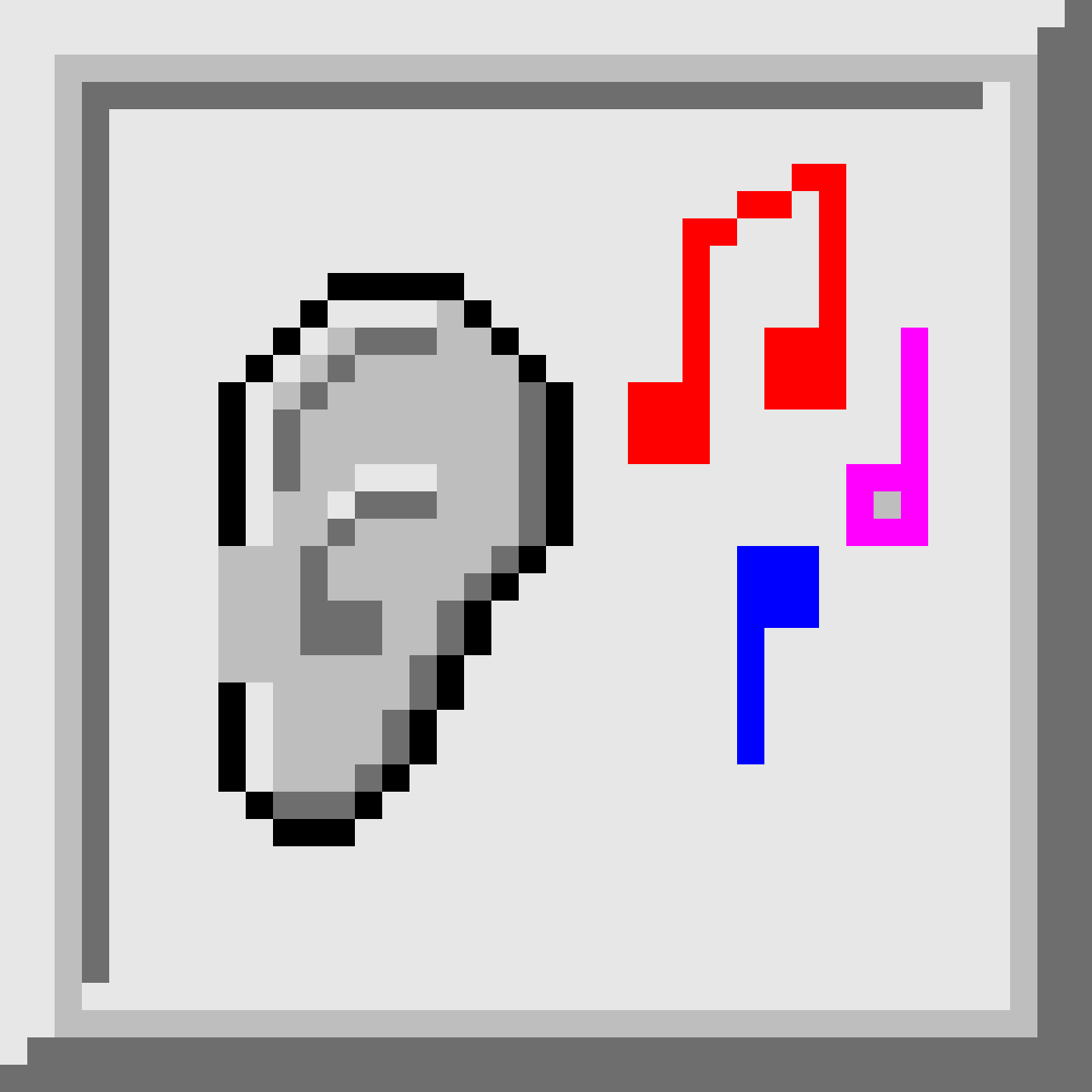Tinnitus & Hyperacusis Center
 Pawel J. Jastreboff, Ph.D., Sc.D., M.B.A.
Pawel J. Jastreboff, Ph.D., Sc.D., M.B.A.
Visiting Professor sine die
University College London
London, UK
Tinnitus (ringing in the ears) is a common problem, affecting about 17% of the general population around the world (44 million people in the USA). It causes significant suffering in about 4% of the general population (10 million in the USA). Typically patients are told “to learn to live with it.” The development of a neurophysiological model of tinnitus (Jastreboff, P.J. Phantom auditory perception (tinnitus): mechanisms of generation and perception. Neurosci.Res.:221-254, 1990) and based on it a new clinical approach have created a totally new treatment for tinnitus that results in significant improvement for more that 80% of the patients treated at our center (Jastreboff, P.J., Gray, W.C., Gold, S.L. Neurophysiological approach to tinnitus patients. Am.J.Otology, 17:236-240, 1996). This method, Tinnitus Retraining Therapy (TRT), uses a combination of low level, broad-band noise and counseling to achieve the habituation of tinnitus, i.e., the patient is no longer aware of their tinnitus, except when they focus their attention on it, and even then tinnitus is not annoying or bothersome.
Tinnitus is accompanied by hyperacusis in about 40% of the cases. Hyperacusis is a decreased tolerance of sound and can be a serious problem. Some patients experience hyperacusis without tinnitus. Tinnitus Retraining Therapy can restore totally or partially the normal level of sensitivity to sound.
To pay for services, use this button:
Donations to Jastreboff Hearing Disorders Foundation, Inc (JHDF)
are highly appreciated and they are tax deductible.
Last updated May 01, 2021